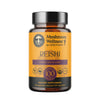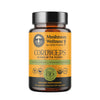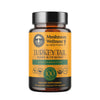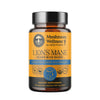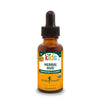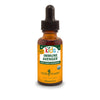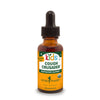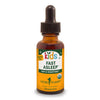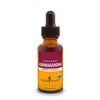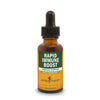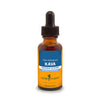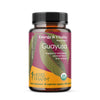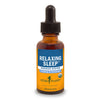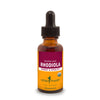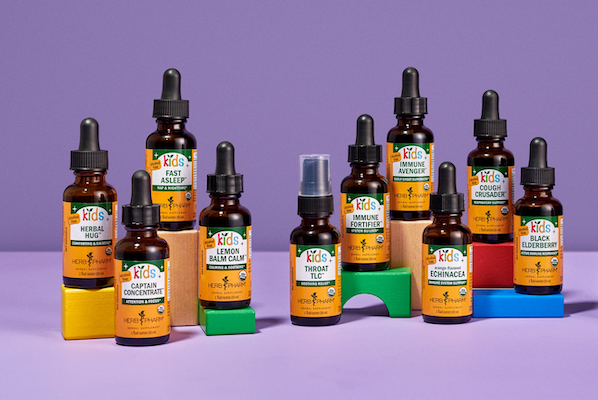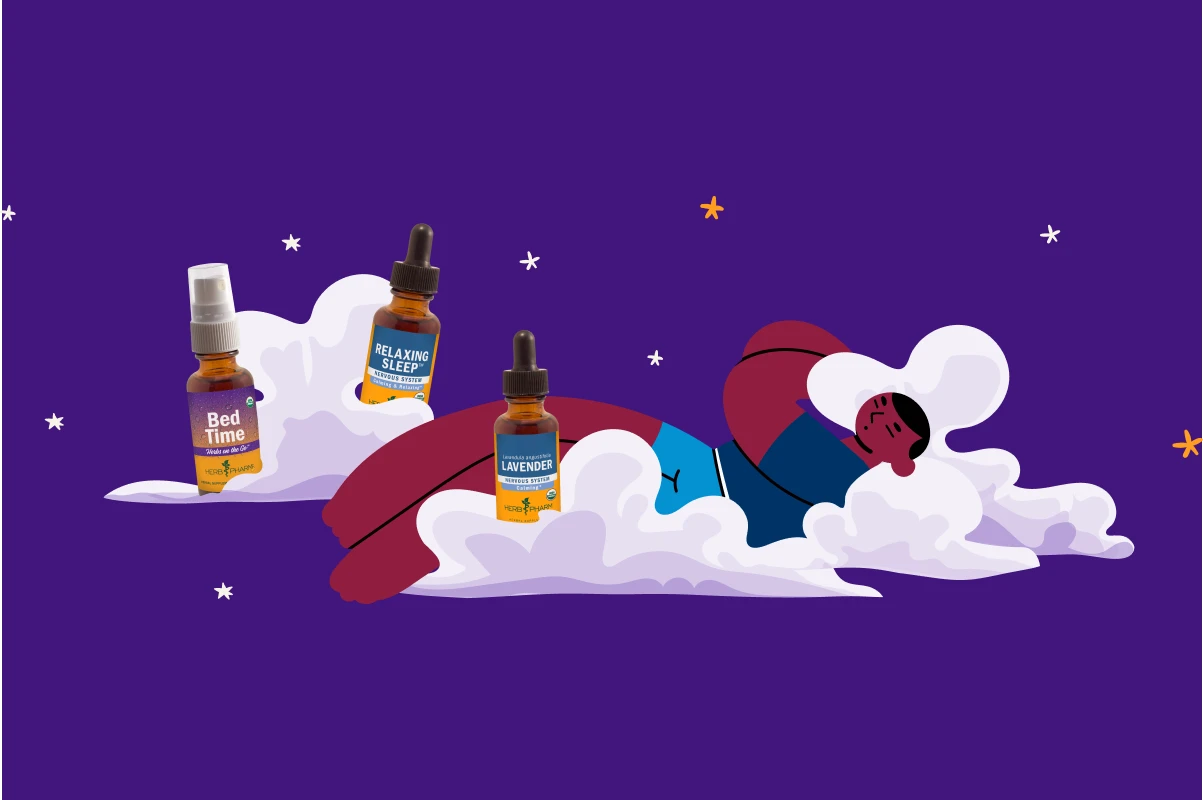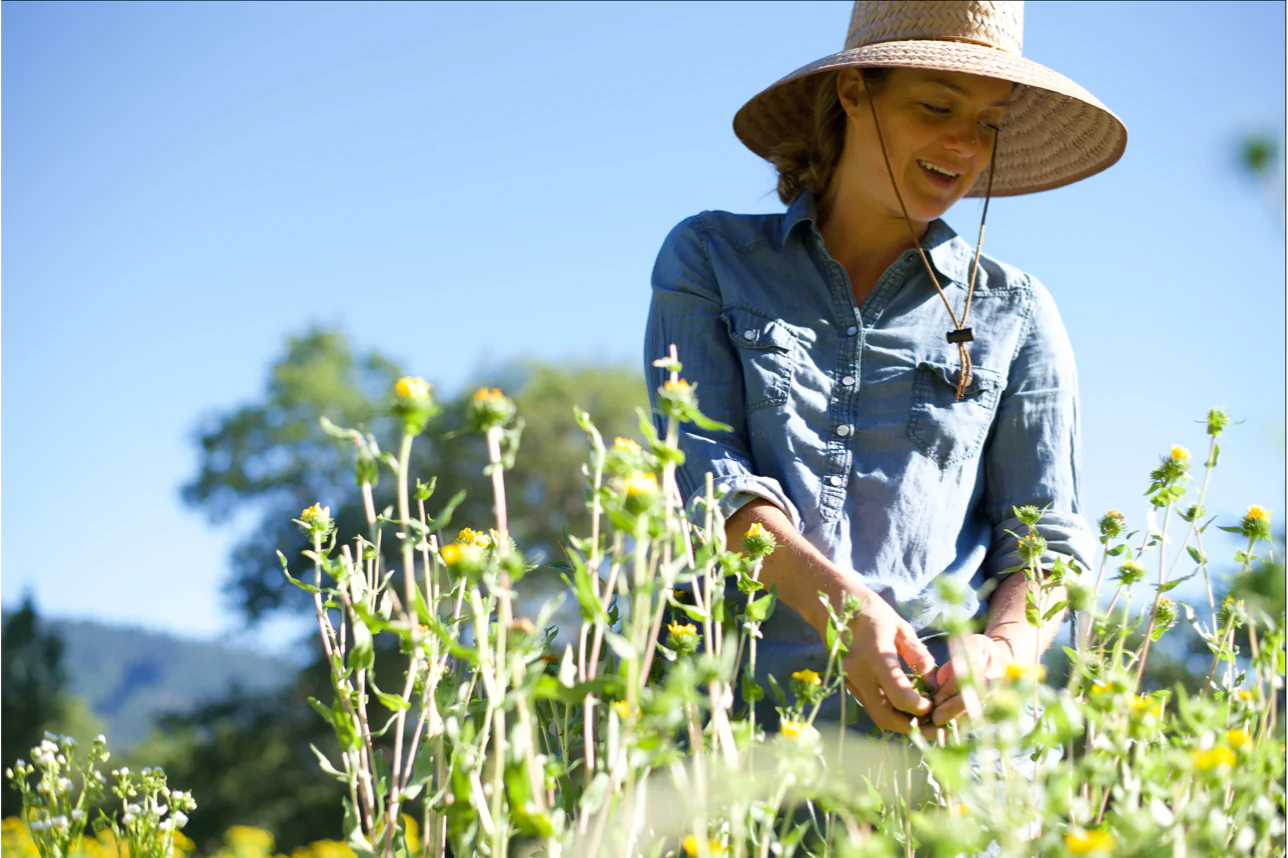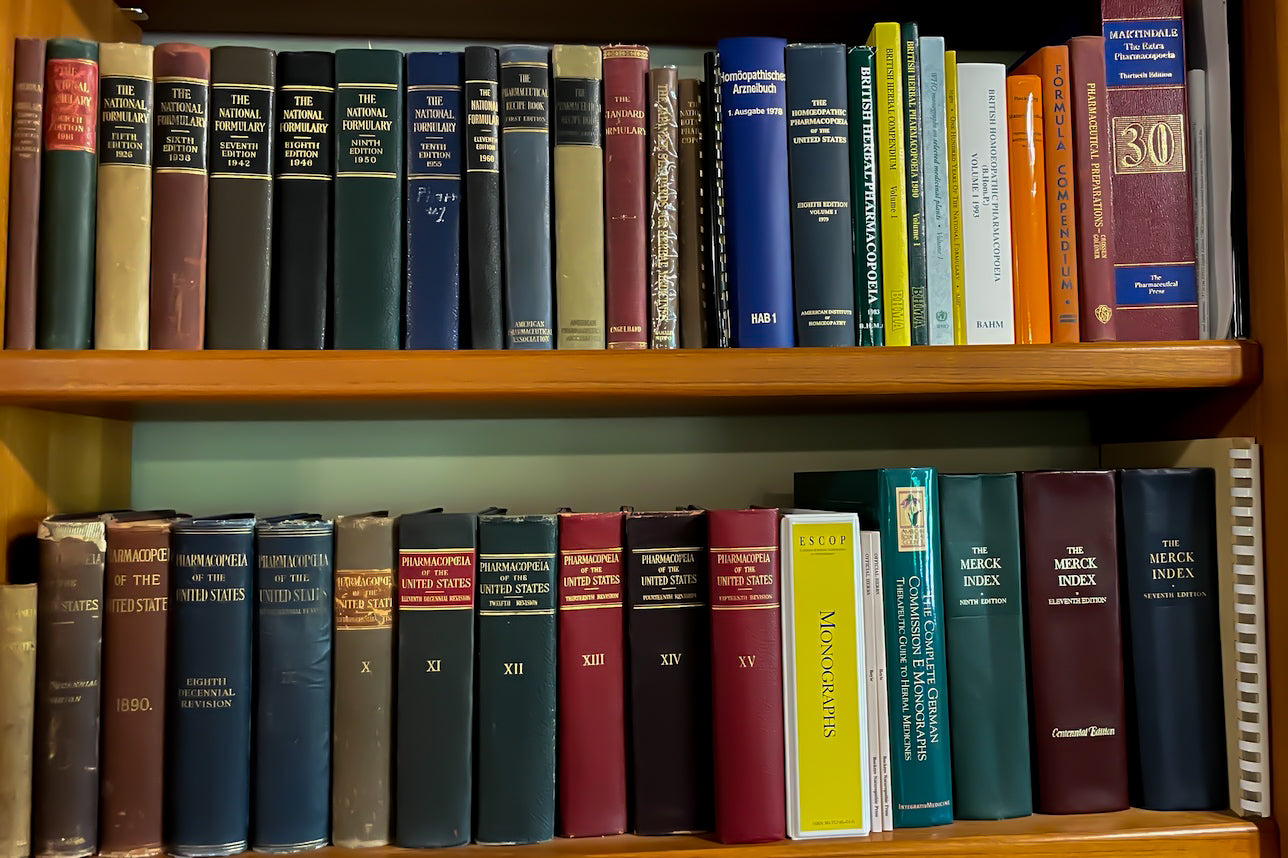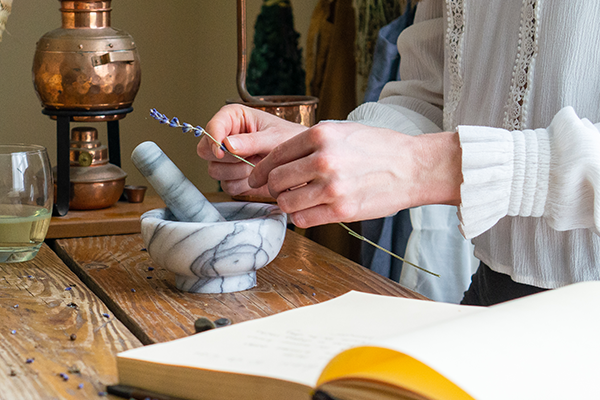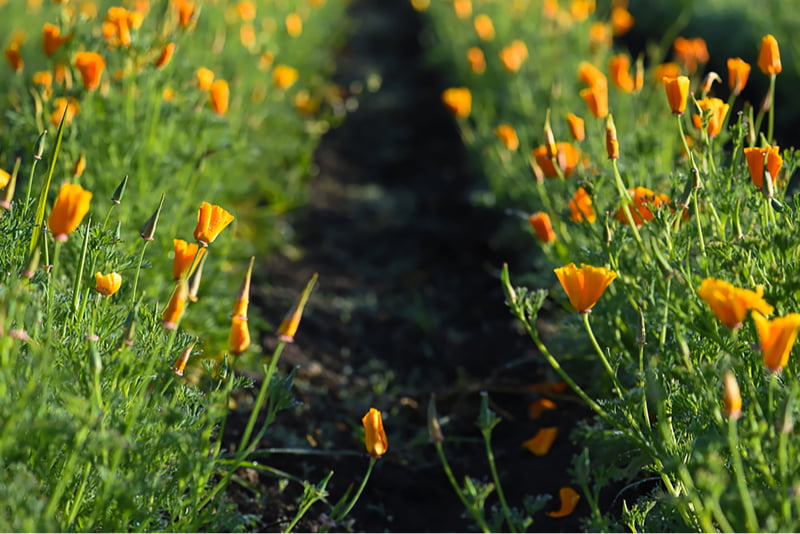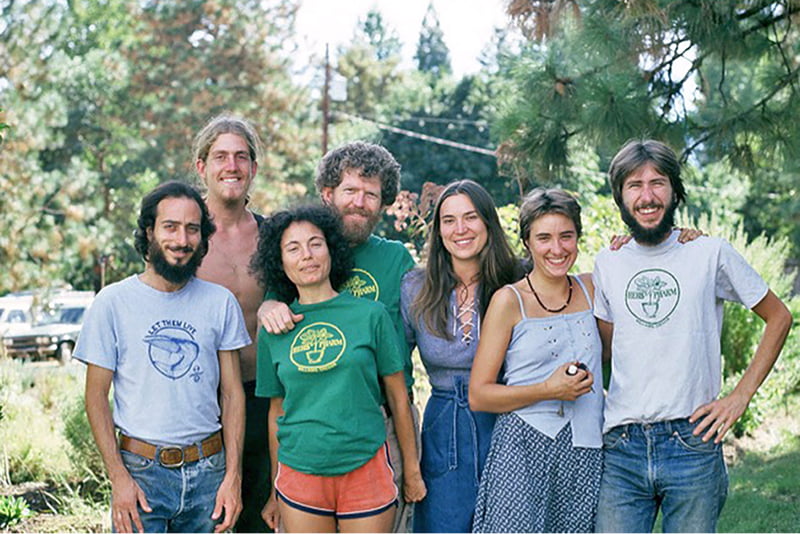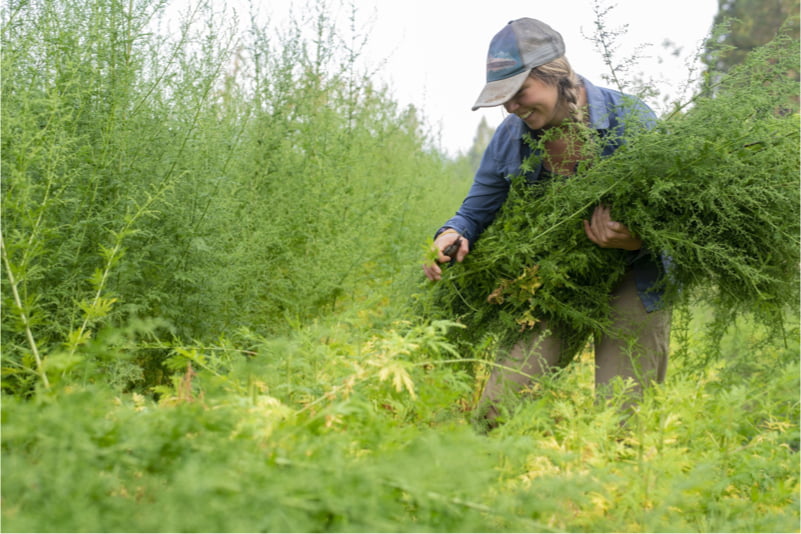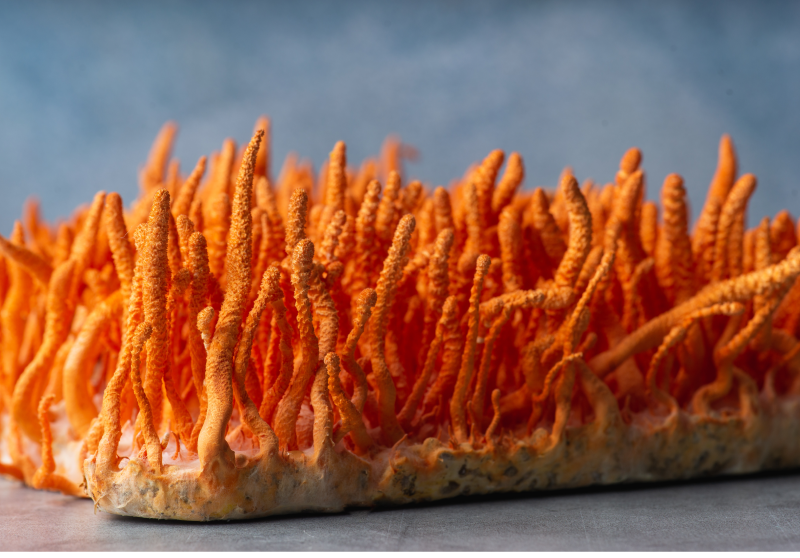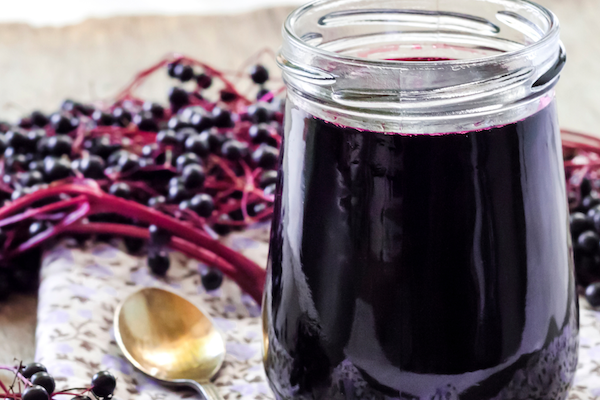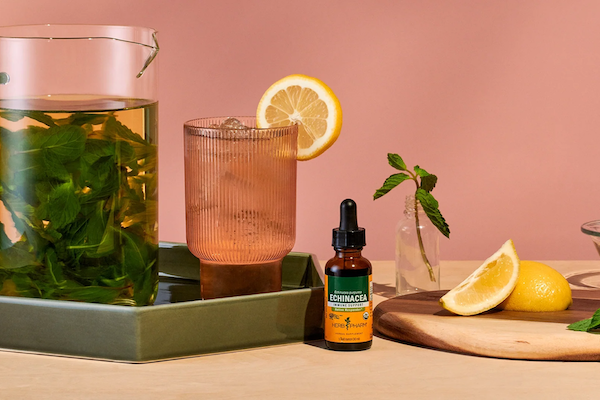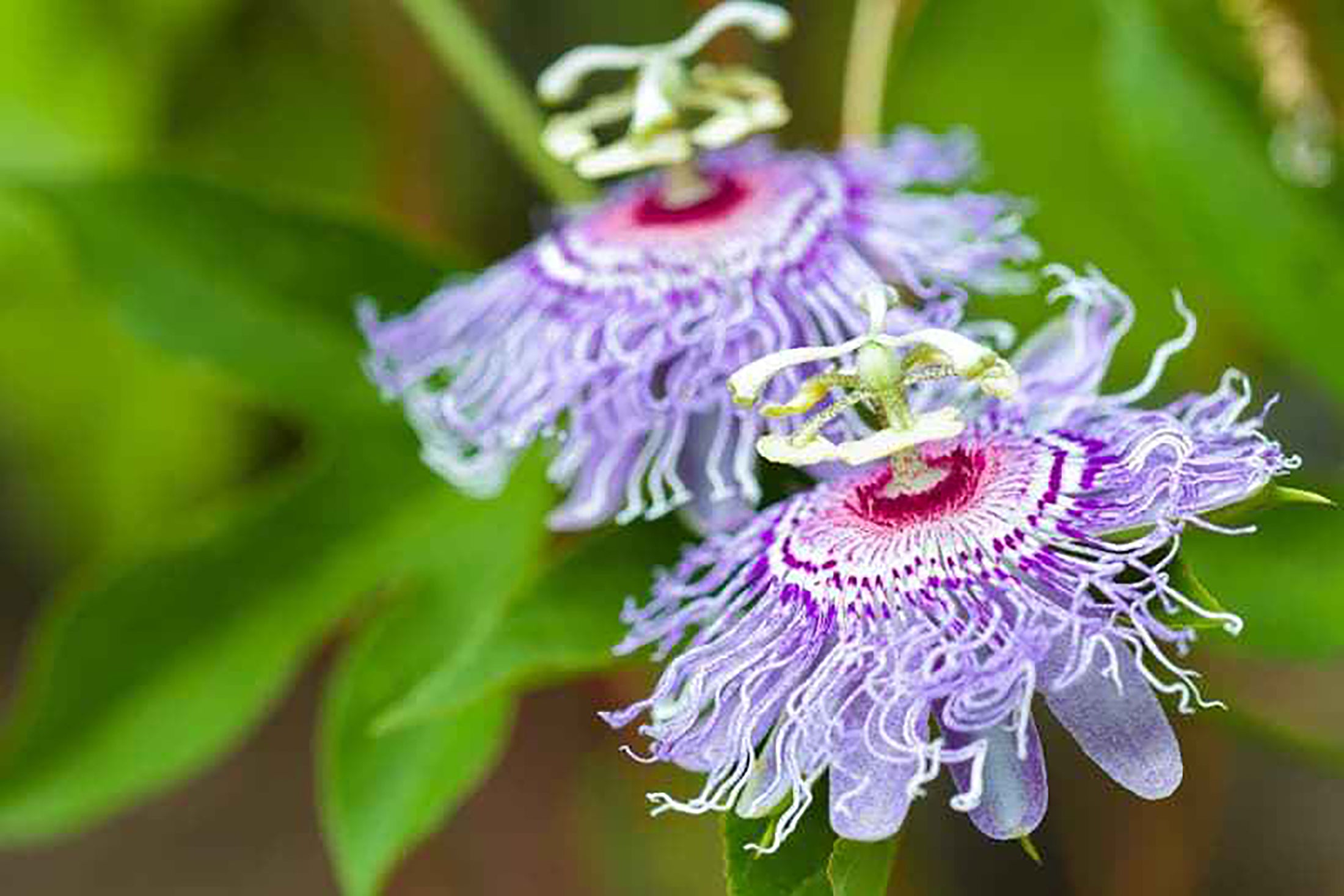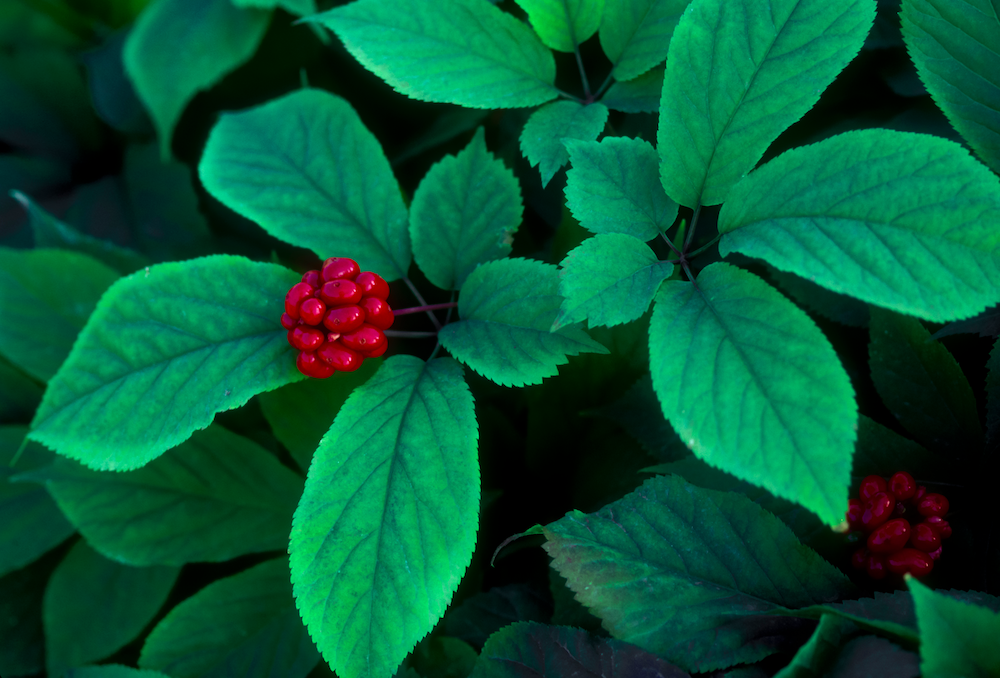American Ginseng is native to both North America and the Himalayas.2 The plant can be found in the eastern forests and the northwest but is now rarely found in its one-time natural growth area of Quebec to Georgia and west to Oklahoma and Minnesota.2,4,8
The name Ginseng is believed to signify ‘the wonder of the world’.7
Ginseng was first successfully cultivated in the United States in 1895.8 It is now cultivated for market mostly in China, France, Canada, Michigan and Wisconsin.2,16 The cultivation can either be field-cultivated, woods-grown or wild-simulated.16 Many question if there is a significant difference in the ginsenoside content of cultivated versus wild roots, but the available data is inconclusive since comparable ginsenoside content has been shown in both instances.16
The wild plant prefers a habitat of north-facing slopes in cool, moist deciduous forests, with light conditions of 70% to 80% dappled shade and mountain weather with humid air.7,8,9,13,18 Soil preferences include a slightly alkaline, humus-rich and well-drained soil.8 Certain nutrient concentrations in the soil of field-cultivated American Ginseng have shown to have an impact on the amounts of ginsenosides in the roots and leaves.16
American Ginseng plants sprout in late April to early May, while the small greenish-yellow flowers bloom in May to July and fruit from mid-August to September.8,16 The plant can self-pollinate, however, it is mostly pollinated by sweat bees (Dialictus spp.) and syrphid hover-flies (Toxomerus geminatus).9 The seeds are dispersed mainly by thrush birds, who eat the fruit and expel the seeds that are encompassed in a thin covering that protects it from the bird’s digestive system and allows for better viability.9
In autumn, the root is harvested to allow for mature seed production and full development of the ginsenoside compounds.2,16 The older roots can be up to several inches wide.8 While the lateral roots have a broader array of overall beneficial phytochemicals, studies have shown that ginsenoside content can be found in the leaves, stems, flowers and flower buds.13,16
In the 1600s, Jesuit missionaries were ordered by Louis XIV to study exotic plants and botanicals used within herbalism.5,6,7,13 Subsequently, a handful of missionaries were pivotal to the discovery of the American species of Ginseng.5,6,7,13,16 This included the ethnologist and naturalist Francois Lapitau (syn. Lafitau), who, after months of searching near Montreal, sent reports and plant specimens found to Paris that were recognized from descriptions authored by the French mathematician and cartographer, Pierre Jartoux.5,6,7,13,16 Finding this plant in North America gave Lapitau proof that the theory of a land bridge that connected North America to Asia was indeed true.16 Trade of Panax quinquefolius began once the species had been verified and imported to China from Canada.16
In 1699, the Manchu Emperor in China put the harvest of Asian Ginseng (Panax ginseng) under government control.16 During the Kangzi Qing dynasty, tens of thousands of wildcrafters were ordered to find the root, which led to overharvesting.16 This created an increased demand for the American species of Ginseng in China, making it more prized than Asian Ginseng, which led to its inclusion in the Chinese materia medica in the 1750s.2,8,11,16
Fur traders, who frequented the growing range to hunt, also wildcrafted the herb for profit and were called ‘Seng hunters’.8 The most famous fur and American Ginseng trader, was American pioneer Daniel Boone.13 This herb had high commercial importance, with North American exports of the dried root averaging 140,000 tons by the 1770s and a record set of more than 600,000 tons by 1824.8 The supply and demand of this herb helped fund the American Revolution as the most expensive cargo that set sail from New York and Philadelphia to Asia during that time.13 As instructed by George Washington, a letter to Boone stated: “The war effort needs money, bring Ginseng”.13
Continual growth in the commercial demand for this herb over the last two centuries led the United States Department of Agriculture to market to and educate farmers on this crop’s cultivation until the early 1950s.16
Harvesting the herb without planting the red and ripe seeds, as the Ojibwa around Lake Superior did, made the herb difficult for others to find in the wild by the end of the 1890s.2,8 Even as recently as 1992, export to Asia of more than 14,500 pounds of wildcrafted root was recorded and quite a difference from past shipments in its peak.8
This herb has sustainability issues from overharvesting in the wild, due to its high market value within the industry. Thankfully, many are working to protect this valuable plant. Panax quinquefolius is recognized by the United Plant Savers as an ‘At-Risk’ herb and is a sensitive species on the Forest Service list in the region, but it has not yet been evaluated by the International Union for Conservation of Nature (IUCN) Red List.9,16
While very popular in Asian herbalism, in the Americas, the herb wasn’t as commonly used, except in folk herbalism in the Ozarks and Appalachia and Native American usage within specific tribes.13,15 The Eclectic physicians in the 1800s wrote little about American Ginseng, declaring it mild and good for use in formulations with other tonic herbs.11,12
There is legend of an ancient spirit inhabiting the Appalachian Mountains, called Grandfather Ginseng, who watches over the local plant stands.4 In older times, when American Ginseng plants were harvested from plentiful stands that have at least 3 “prongs”, or sets of leaves, the wildcrafter was to say a prayer or sing a song to Grandfather Ginseng and leave an offering in exchange for the root, while planting the ripe berries so the plant could continue on for later years.4
When American herbalist Rosemary Gladstar moved to Vermont, she was excited to search the eastern deciduous forests to find any of the plants she read about being used in herbalism that had once been abundant, like Ginseng, Goldenseal, Bloodroot and Black Cohosh, but found only a small amount or none at all.8 She heard a voice, perhaps it was Grandfather Ginseng, that rose from the woodland that told her: “Plant us. Bring us back to our communities”.8 Since both Herb Pharm and the United Plant Savers do not recommend harvesting this plant in the wild, we encourage folks to leave wild-growing American Ginseng plants alone so that they can reproduce, and purchase Certified Organic cultivated roots instead (or grow your own).
In Native American herbalism, this herb was thought to hold magical properties.8,16 It has been said that the tribes, specifically the Iroquois, learned from the European settlers that the herb was prized in China for its beneficial properties, and then began using it in herbalism for more functional practices, but it is unclear whether its reputation came from the high prize of trader bartering or traditional usage.16 It was used by Iroquois warriors as a rejuvenating talisman and most notably for many herbal uses, while the Cherokee also used it in herbalism but additionally included the root in formulations to enhance herbal compounds.8,15 The Chippewa tribe used it as a cash crop and good luck charm.15 It was also known to be used spiritually and ceremonially by Native Americans for fruitful hunting, protection and as a love potion.13 Its variable uses has been recorded among Creek, Delaware, Houma, Menominee, Meskwaki, Micmac, Mohegan, Pawnee, Penobscot, Potawatomi and Seminole tribes.15
Known as Jin-Chen in traditional Chinese herbalism, Panax quinquefolius, is used as a yin and a Qi tonic for Earth and Lung types, and the chopped roots are added to soups and stews in small quantities.2,8,11 In China it is known as Jin-Chen, which similar to the Native American translation based on the root form, which translates to “like a man”.7 American Ginseng is known to affect multiple biological functions of the body, so much so that I. I. Brekhman, a Russian researcher, coined it as a systemic adaptogenic herb.*8,11
American Ginseng is related to Asian Ginseng (Panax ginseng), with similar but milder effects.2 While difficult to distinguish visually between the two, American Ginseng is said to have more rounded leaflet bases, as opposed to the tapered versions on Asian Ginseng.14 Depending on the soil and handling after harvest, there can be a difference in root color, surface texture and markings, scent and taste.16 Asian Ginseng roots are generally lighter on the exterior with smoother skin and straighter, rounder and more spread-out striations in addition to having a more yellow interior and a strong sweet scent and initial taste.16 While the American version has a darker and bumpier root surface with more dense and irregular lines, the interior being more creamy-white, the neck shorter, a more potent scent and a taste that is more bitter and earthy that turns sweet.16 Asian Ginseng is often steamed after harvest in traditional Chinese herbal preparation methods, without the use of metal cookware.16 Both herbs contain beneficial constituents, including ginsenosides and panaxanes, but each plant has a differing makeup and distinctive proportions.3 Quinquenosides, however, are solely found in American Ginseng.4
This popular herb can be found in a variety of products including capsules, pills, tablets, teas, tinctures, glycerites, extracts, oils, elixirs and cosmetics.8,16 Given the sweet and slightly bitter flavor of American Ginseng root, historically, it has been used in the food industry to make syrups, candies, beverages, toffee, ice cream, and chewing gum.8,10
